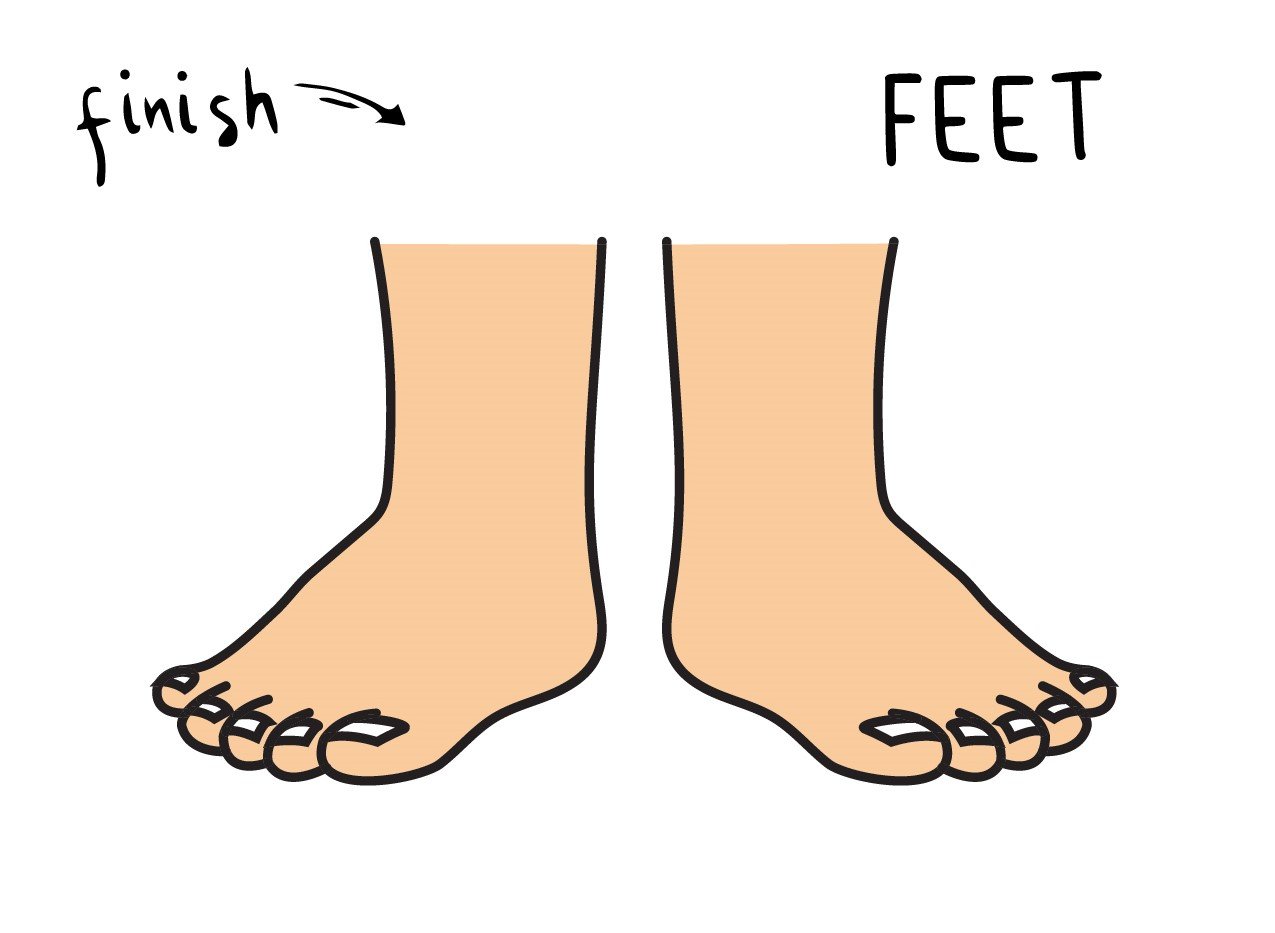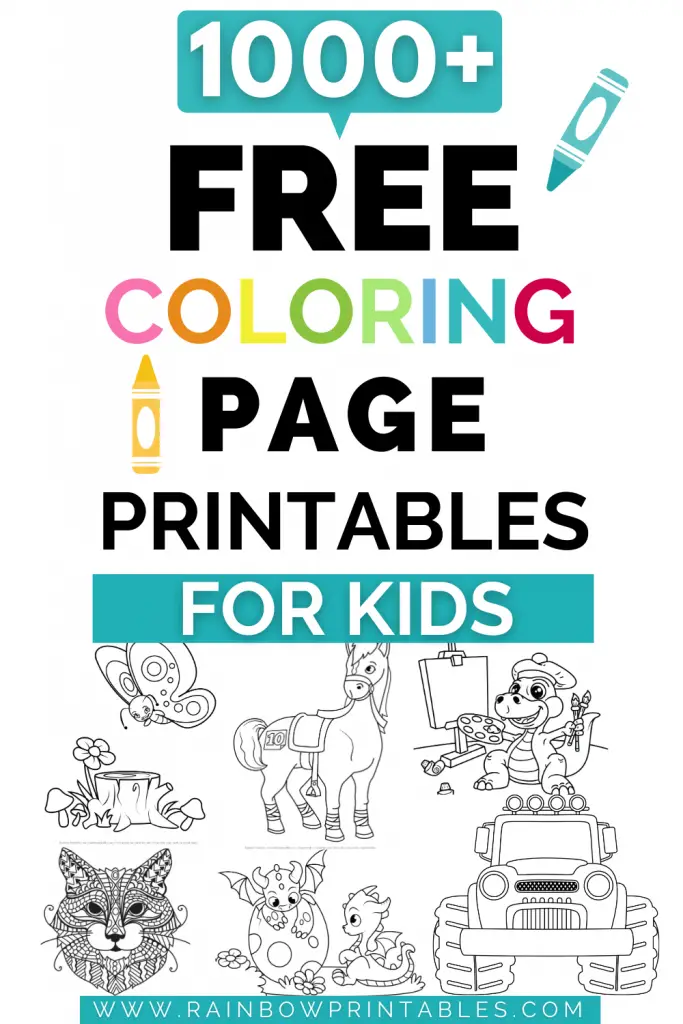Jasonwell Aqua Water Doodle Mat 40 X 32 Inches Large Magic Drawing Doodling Mat Coloring Mat Educati...
$21.99 (as of April 7, 2025 21:03 GMT -07:00 - More infoProduct prices and availability are accurate as of the date/time indicated and are subject to change. Any price and availability information displayed on [relevant Amazon Site(s), as applicable] at the time of purchase will apply to the purchase of this product.)“Who would want to draw feet?!”
…Ok yeah, this is most definitely not the most popular subject for doodling. But hey, we decided to give drawing feet a try. Art is about challenges and going to where no-man-goes. Plus, think about it, every one of us has feet! You can’t ignore the pair of buddies you have that takes you everywhere! The other thing why this drawing tutorial is important: feet is one of those things that should be easy…but is actually really awkward and difficult to draw. Just like hands. When I started out drawing feet, they looked more like wet flippers. I practiced drawing hands until I was comfortable…but feet? Hmm, this is actually my best doodle so far. Feet are tricky, so we better start right away!
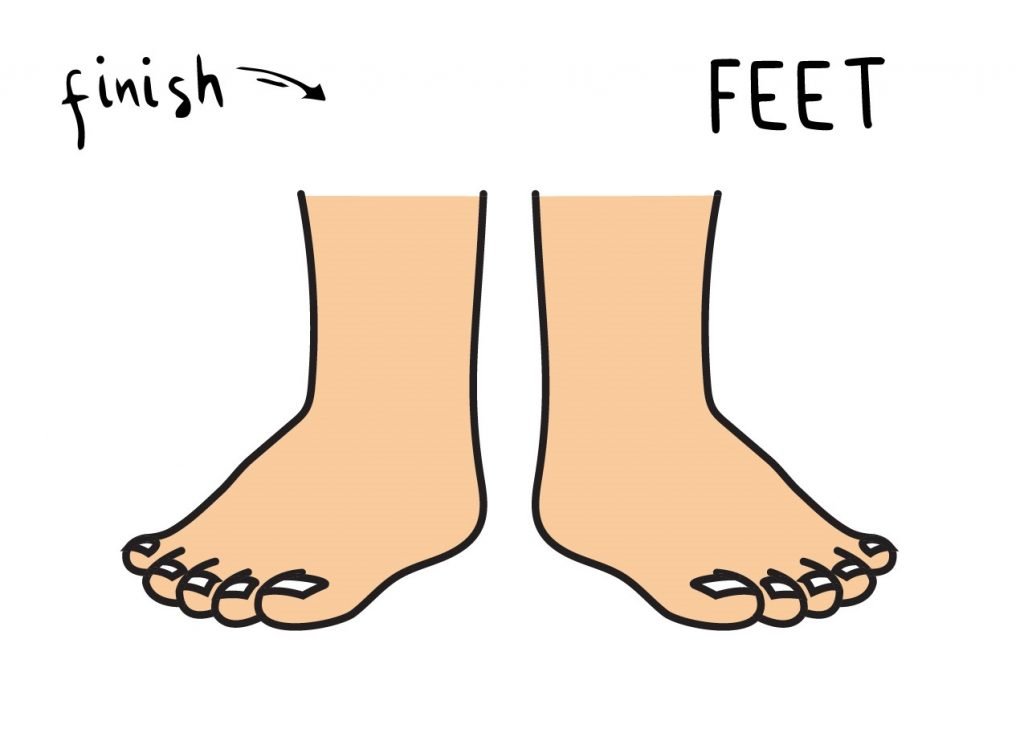
And why not check out our collection of free coloring pages for kids! We update our resources library regularly so feel free to check back as we add more and more content. We’re currently at over 1000+ coloring pages and creating more how-to-draw stuff art tutorials!
Note: This tutorial and our many others are suitable for ages 3 to 10 (preschool and above.)
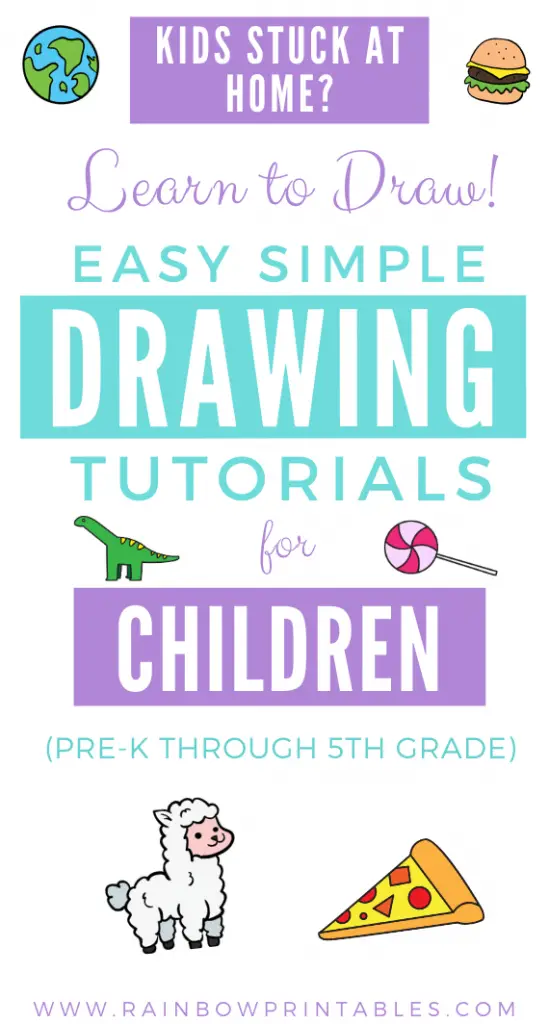
🖍️ Tools For Success
- Paper (Our Free How To Draw Template PDF)
- Pencil
- Polymer Eraser
- Outline Markers
- Coloring Tools (I recommend Crayola’s 140 Piece Coloring Case)
🎨 Parents: The only tools you need to use these how-to-draw tutorials are: an eraser, a pencil, and a piece of paper. But – if you have them around – a sketching pencil makes for fainter and softer lines that help kids build fine motor accuracy. I also recommend going over the sketch pencil with a black outline marker when you’re done for a neater finish. Lastly, erase the pencil marks before adding color.
Step-by-Step Guide on How to Draw Feet
- Draw a vertical line curving diagonally to the left. Then, parallel to it, draw a shorter vertical line also curving its way to the left sideways.
- Connect the lines using five curved lines starting on the right side – bigger to smaller curves.
- The first step gives you the outline of your foot. The size may vary depending on how you like to present your foot – big or small, long or short.
- Add details by drawing five tiny rectangular nails of different sizes on the fingers. The bigger finger should have bigger nails and so on.
- Repeat steps one and two to complete your pair of feet, but this time, the right foot is facing the opposite side.
- Let’s color the feet according to your skin complexion. Everything depends on you, I skipped on nail polish but you can go wild. What about an ankle bracelet too? Just some ideas for you to get creative!
~
🔖 See our collection of How-To-Draw tutorial instructions for young kids! Check out our collection of free coloring pages for kids while you’re here too. We’re a group of independent illustrators that create coloring pages, how to draw tutorials, craft printables, and educational worksheets for kids. We update our resource library regularly so feel free to check back as we add more and more content. We’re currently at over 1000+ coloring pages and 500+ how-to-draw stuff guides for kids!
~
🖍️ Tools For Success
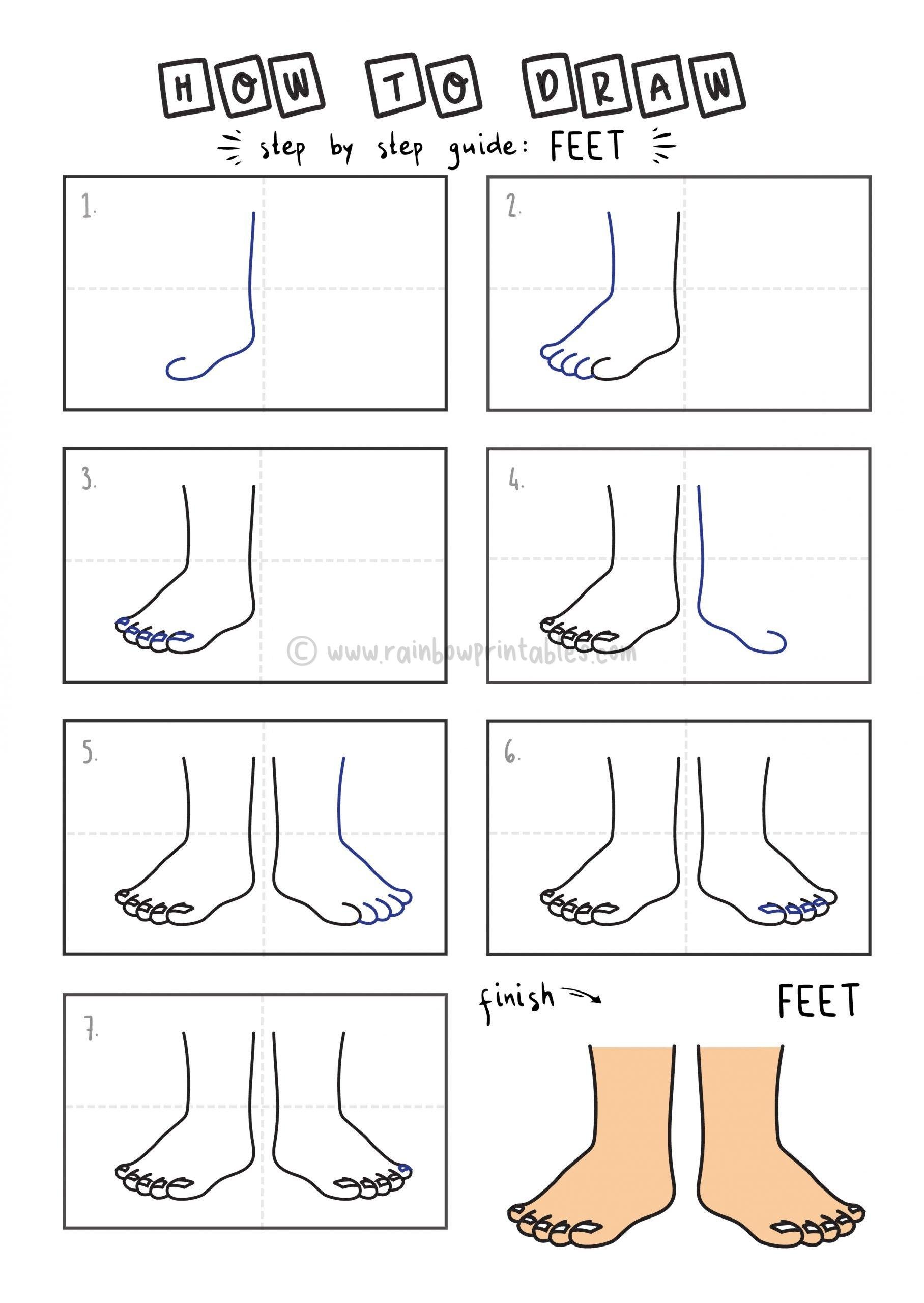
Printing & Saving Instructions:
- Desktop & laptop users: the instant print button is in the upper left-hand corner.
- Mobile users: if you don’t see the instant print icon on mobile for whatever reason, toggle your mobile browser to “Desktop View” and you should be able to see it. You can find that in your web browser’s menu. Or find the nearest computer to print.
- Change the page orientation from horizontal or vertical depending on what fits best.
- To decrease load time we put images on different sub-pages. Use the navigation on the top and bottom of the galleries to toggle.
- Designed to fit both A4 size & U.S. standard letter size but preview your specs just in case.
- Want to save a file for later? Just hit the instant print button and choose instead to print, select Save As “PDF” in the drop-down selection, and done! (Your screen and selection might look a little different.)
Random Kids Feet & Podiatry Facts
- There are almost 8000 nerves in our feet and a significant amount of nerve endings near the skin.
- Many beautiful celebrities had bigger than normal feet, like Jacqueline Kennedy, Oprah Winfrey, Uma Thurman, and Audrey Hepburn.
- Females have four times as many foot issues as males have because of the traditions of wearing heels.
- Completely 75 percent of people have foot disorders. For starters, sprains and strains are 60 percent of foot injuries in people 18 and over.
- In a lifetime the average person walks over 100,000 miles.
- Bacteria is what makes feet smell, bacteria love living in sweat. The sweatier the feet, the smelliest.
- The perfect workout for your feet is walking, and it’s also a fantastic way for the body to get total exercise: it improves circulation and makes you burn calories.
- Kids’ feet endure 3-4x times more pressure and stress compare to the average adult. That’s most likely because children are a lot more active and use their feet to jump, run, bounce, etc.
- Foot bones contain major hints to bipedalism’s evolution.
- Those foot bones are all cartilage when we’re born. They only harden entirely at age 21.
- There are over 250,000 sweat glands in each foot, and they can create up to half a pint of moisture a day!
- Five percent of Americans have maize and callouses, and the same proportion of foot and toenails have fungal infections.
- For certain people, it’s natural that they never grow arches, but flat feet can cause discomfort which requires custom inserts. (My husband has them, it’s a great need to prevent his arches from collapse. But a corrected flat foot may be beneficial because they carry the weight of the body over a larger area.
- Naturally, the soles on your foot are the thickest part of your skin. This thicker skin protects you from more typical scraps and gravels that feet come in contact with.
🖍️ MORE HOW TO DRAW TUTORIALS…
- How To Draw Popular Minecraft Characters
- How To Draw Abe Lincoln
- How to Draw Baby Shark
- How To Draw Among Us Character
- How To Draw Dinosaurs (Different Kinds)
- How to Draw a Dolphin
- How To Draw a Cute Little Dragon
Help Support Artists Big and Small
We would much appreciate it if everyone who enjoyed or benefited from our how-to-draw tutorial series can give us a social media shout-out or a link back. This will allow us to create more content by 1) commissioning small, independent artists and 2) teach young children everywhere to create more through art. Thank you.

